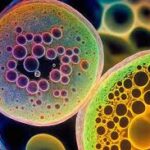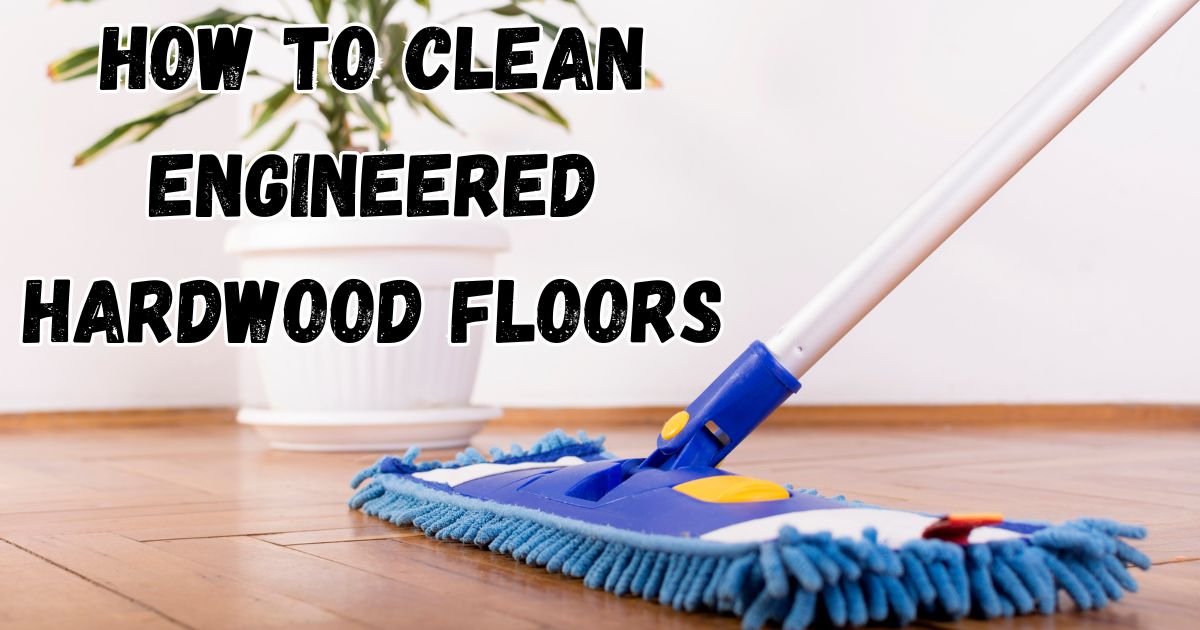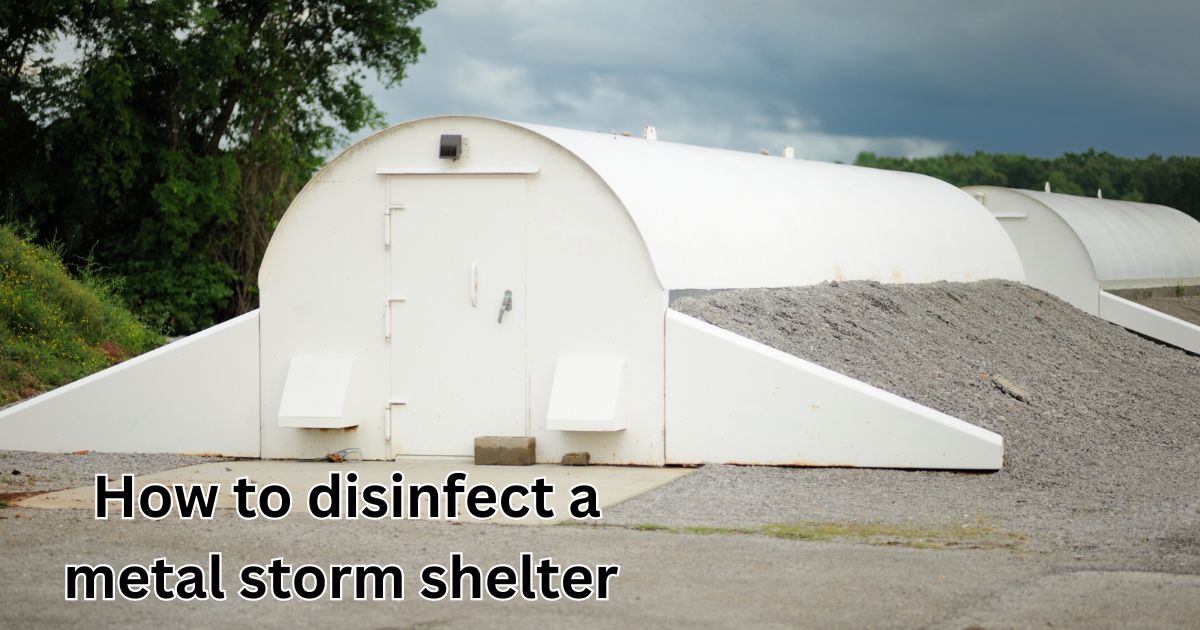Engineered hardwood floors combine the timeless appeal of hardwood with enhanced durability and stability. Understanding how to clean engineered hardwood floors and maintain these surfaces is crucial for preserving their beauty and extending their lifespan. This comprehensive guide will walk you through the essentials of cleaning engineered hardwood floors, ensuring they remain in top condition for years to come.
What Are Engineered Hardwood Floors?
Engineered hardwood floors are a popular choice for homeowners due to their blend of natural aesthetics and practical benefits. Unlike solid hardwood, engineered hardwood consists of multiple layers of wood. The top layer, known as the veneer, is a thin slice of real hardwood, while the core layers are made from high-density fiberboard (HDF) or plywood. This construction provides enhanced stability and resistance to moisture, making engineered hardwood a versatile option for various environments.
Engineered hardwood differs from solid hardwood in terms of construction and installation flexibility. Solid hardwood is a single piece of wood throughout its thickness, making it more susceptible to changes in humidity and temperature. In contrast, engineered hardwood’s layered design allows it to better withstand these fluctuations, reducing the risk of warping or swelling.
Why Proper Cleaning Is Essential
Proper cleaning of engineered hardwood floors is crucial for maintaining their appearance and functionality. Regular maintenance helps prevent the accumulation of dirt and grime, which can cause scratches and damage over time. Additionally, a clean floor enhances the overall look of your home, contributing to a healthier indoor environment.
Neglecting proper cleaning can lead to several issues, including dullness, discoloration, and even structural damage. Dirt and debris can act like sandpaper, wearing down the finish and potentially leading to costly repairs. By adopting a consistent cleaning routine, you ensure that your engineered hardwood floors continue to look pristine and perform well.
Understanding Engineered Hardwood Floors
Construction of Engineered Hardwood
Engineered hardwood floors are composed of multiple layers, each serving a specific purpose. The top layer, or veneer, is a thin slice of real hardwood that provides the floor’s aesthetic appeal. Beneath this is a core layer made from high-density fiberboard or plywood, which adds strength and stability. The bottom layer, often called the backing, offers additional support and helps resist moisture.
The layered construction of engineered hardwood floors allows them to be more stable than solid hardwood. This design helps them resist warping and swelling caused by changes in humidity and temperature. As a result, engineered hardwood is an excellent choice for areas with fluctuating environmental conditions.
Types of Engineered Hardwood Finishes
Engineered hardwood floors come in various finishes, including glossy, matte, and satin. Understanding how to clean engineered hardwood floors is influenced by the type of finish your floor has. Glossy finishes provide a high-shine look but may show scratches and dirt more easily. Matte finishes offer a more subdued appearance and can help hide imperfections. Satin finishes strike a balance between glossy and matte, providing a subtle sheen while being relatively easy to maintain. Each finish affects the cleaning requirements and methods, so choosing the right approach is crucial for maintaining the beauty of your engineered hardwood floors.
Understanding the finish on your engineered hardwood floors is essential for choosing the right cleaning products and methods. Using the wrong type of cleaner can damage the finish or leave streaks, affecting the floor’s appearance.
Essential Cleaning Supplies
Vacuum Cleaner
A vacuum cleaner is a crucial tool for maintaining engineered hardwood floors. When selecting a vacuum, look for one designed specifically for hardwood surfaces. Models with soft-bristle brushes or a hard floor setting are ideal, as they avoid scratching the surface. Ensure the vacuum has adjustable suction settings to prevent damage to the floor.
Regular vacuuming helps remove loose dirt and debris, preventing them from scratching the floor’s surface. For best results, vacuum at least once a week and more frequently in high-traffic areas.
Microfiber Mop
Microfiber mops are highly effective for cleaning engineered hardwood floors. The fine fibers can pick up dirt and dust without damaging the surface. Choose a mop with a machine-washable microfiber pad to ensure consistent cleanliness.
When using a microfiber mop, dampen it with a suitable cleaning solution and wring out excess moisture. Too much water can damage the engineered wood, so it’s important to keep the mop slightly damp rather than wet.
Cleaning Solution
Selecting the right cleaning solution is essential for maintaining engineered hardwood floors. Use products specifically formulated for hardwood floors to avoid damage. Avoid harsh chemicals and abrasive cleaners, as these can strip the finish or leave residues.
Look for pH-balanced cleaners that are gentle on the wood while effectively removing dirt and grime. Test any new product in a small, inconspicuous area before applying it to the entire floor.
Daily Cleaning Routine
Sweeping or Vacuuming
Daily sweeping or vacuuming helps keep engineered hardwood floors free of dirt and debris. Use a soft-bristle broom or a vacuum with a hardwood floor setting to prevent scratches. For effective cleaning, focus on high-traffic areas and any spots where dirt tends to accumulate.
Regularly removing loose dirt is crucial for preventing it from scratching the floor’s surface. Incorporate this task into your daily routine to maintain the floor’s appearance and extend its lifespan.
Spot Cleaning
Addressing spills and stains immediately is key to preventing damage. For most spills, gently blot the area with a clean, dry cloth to absorb excess moisture. Avoid rubbing, as this can spread the stain or damage the finish.
For tougher stains, use a cleaning solution designed for hardwood floors. Apply the solution sparingly and wipe the area with a damp cloth. Always follow up with a dry cloth to remove any remaining moisture.
Also Read: How to Remove Sap from Car
Weekly Cleaning Routine
Mopping
Weekly mopping is essential for keeping engineered hardwood floors clean and shiny. Use a microfiber mop and a cleaning solution suitable for hardwood floors. Avoid using excessive water, as this can lead to warping and damage.
When mopping, work in small sections and ensure the mop is only slightly damp. Follow the manufacturer’s instructions for the cleaning solution to achieve the best results. After mopping, dry the floor thoroughly with a clean, dry cloth to prevent moisture damage.
Inspection for Damage
Regularly inspecting your engineered hardwood floors helps identify any signs of wear or damage early. Look for scratches, dents, or discoloration that may indicate a problem. Addressing these issues promptly can prevent further damage and extend the life of your floors.
If you notice significant damage or if the floor’s finish appears worn, consider consulting a professional for repairs. They can assess the situation and recommend appropriate solutions to restore the floor’s appearance and functionality.
Monthly Deep Cleaning
Full Clean Process
A monthly deep cleaning helps maintain the overall appearance and condition of your engineered hardwood floors. Start by vacuuming or sweeping the entire floor to remove loose dirt. Next, use a microfiber mop with a suitable cleaning solution to thoroughly clean the surface.
After cleaning, inspect the floor for any signs of damage or wear. If needed, apply a hardwood floor polish to restore the shine. Follow the product’s instructions for application and allow the floor to dry completely before walking on it.
Reviving the Finish
Over time, the finish on engineered hardwood floors may become dull. To revive the finish, use a hardwood floor polish that is compatible with your floor’s finish. Apply the polish according to the manufacturer’s instructions and allow it to dry thoroughly.
Regularly reviving the finish helps maintain the floor’s appearance and provides an extra layer of protection against damage. Avoid over-applying the polish, as this can lead to a build-up that may be difficult to remove.
Seasonal Maintenance
Spring Cleaning Tips
Spring is an ideal time for a thorough clean of your engineered hardwood floors. Begin with a detailed vacuuming or sweeping to remove any accumulated dust and debris. Follow with a thorough mopping using a suitable cleaning solution.
Consider using this opportunity to inspect your floors for any signs of damage or wear. Spring cleaning is also a great time to apply a hardwood floor polish to enhance the shine and protect the surface.
Winter Care
Winter presents unique challenges for maintaining engineered hardwood floors. Salt and moisture from snow and ice can damage the finish and lead to stains. To effectively address these issues, it’s essential to know how to clean engineered hardwood floors during the winter months. Use rugs or mats at entryways to reduce the amount of salt and dirt tracked onto the floor. Regularly clean any salt or moisture off the floor to prevent damage. Use a damp cloth to wipe up spills and dry the floor immediately. Consider using a humidifier to maintain a stable indoor humidity level, which helps prevent the wood from drying out or warping.
Regularly clean any salt or moisture off the floor to prevent damage. Use a damp cloth to wipe up spills and dry the floor immediately. Consider using a humidifier to maintain a stable indoor humidity level, which helps prevent the wood from drying out or warping.
Avoiding Common Mistakes
Using Excessive Water
One of the most common mistakes when how to clean engineered hardwood floors is using too much water. Excess moisture can seep into the seams and cause the wood to swell or warp. When considering how to clean engineered hardwood floors, always use a slightly damp mop and avoid over-wetting the floor. Excessive water can compromise the floor’s integrity and lead to long-term damage. Ensuring that your cleaning method is appropriate for the type of flooring you have will help maintain its beauty and durability.
If the floor becomes excessively wet, promptly dry it with a clean, dry cloth. Ensuring that no standing water remains on the floor is crucial for preventing moisture damage.
Harsh Chemicals
Harsh chemicals and abrasive cleaners can damage the finish of engineered hardwood floors. Avoid products containing ammonia, bleach, or other strong chemicals. These substances can strip the finish, leading to discoloration and wear.
Instead, use pH-balanced cleaners specifically designed for hardwood floors. These products are gentle yet effective, ensuring that your floors remain clean without compromising their finish.
Scrubbing Too Hard
Scrubbing too hard can scratch and damage the surface of engineered hardwood floors. Always use a gentle touch when cleaning, and opt for a microfiber mop or soft-bristle broom. Avoid using abrasive scrubbers or brushes, as these can cause permanent damage.
If you encounter stubborn stains, use a mild cleaner and a soft cloth. Gently blot or wipe the area rather than scrubbing aggressively.
How to Handle Stains and Spills
Removing Common Stains
Different types of stains require specific cleaning methods. For example, to remove wine or coffee stains, blot the area immediately with a clean, dry cloth to absorb as much liquid as possible. Then, clean the area with a hardwood floor cleaner suitable for the finish.
For sticky substances like gum or candy, gently scrape the residue off with a plastic scraper, then clean the area with a damp cloth. Always follow up with a dry cloth to remove any remaining moisture.
Dealing with Pet Accidents
Pet accidents can be challenging to clean but addressing them promptly can prevent damage. Blot the area with a clean, dry cloth to absorb the liquid. Use a cleaner specifically designed for pet stains and follow the product’s instructions.
After cleaning, ensure the area is thoroughly dried to prevent any lingering odors or moisture that could harm the floor. Consider using a pet-friendly cleaner that neutralizes odors and is safe for hardwood floors.
Protecting Your Floors
Using Rugs and Mats
Rugs and mats can protect engineered hardwood floors from scratches and stains. To effectively implement the best practices for how to clean engineered hardwood floors, place rugs in high-traffic areas and under furniture to reduce wear. Choose rugs with non-slip backing to prevent slipping and avoid damaging the floor. Proper placement and maintenance of these rugs can greatly extend the life of your engineered hardwood flooring and maintain its aesthetic appeal.
Ensure that rugs are regularly cleaned to prevent the accumulation of dirt that could transfer to the floor. Mats at entryways help capture dirt and moisture, reducing the amount tracked onto your hardwood floors.
Furniture Pads
Furniture pads are essential for protecting engineered hardwood floors from scratches and dents caused by furniture. Use felt pads or rubber protectors under the legs of chairs, tables, and other furniture items.
Replace furniture pads regularly, especially if they become worn or damaged. This simple step helps prevent scratches and prolongs the life of your floors.
Professional Cleaning Services
When to Consider a Professional
While regular cleaning can be done by homeowners, there are times when professional cleaning services may be necessary. If your floors show significant wear, have deep scratches, or require refinishing, a professional can provide expert care and repair.
Professional cleaners have specialized equipment and products that can restore the appearance and condition of your engineered hardwood floors. They can also address issues that may be beyond the scope of routine cleaning.
Choosing the Right Service
When selecting a professional cleaning service, look for companies with experience in cleaning engineered hardwood floors. Check reviews and ask for recommendations to ensure you choose a reputable service.
Ask about the cleaning products and methods used to ensure they are suitable for your floor’s finish. A good cleaning service will be transparent about their process and provide references or examples of their work.
FAQs
How Often Should I Clean Engineered Hardwood Floors?
Engineered hardwood floors should be vacuumed or swept daily to remove loose dirt and debris. Mopping should be done weekly or as needed, depending on the level of foot traffic and spills. Monthly deep cleaning helps maintain the floor’s appearance and condition.
Can I Use a Steam Mop on Engineered Hardwood?
Steam mops are not recommended for engineered hardwood floors. The excessive moisture and heat can damage the wood and cause warping. Instead, use a microfiber mop and a cleaning solution specifically designed for hardwood floors.
How Do I Remove Water Damage from My Floors?
If your engineered hardwood floors have water damage, start by drying the affected area thoroughly with a clean, dry cloth. If the damage is significant, such as warping or staining, consider consulting a professional for repair or replacement.
Conclusion
Maintaining engineered hardwood floors requires regular cleaning and care to preserve their beauty and functionality. By following the guidelines outlined in this article on how to clean engineered hardwood floors, you can ensure your floors remain in excellent condition for years to come. Regular sweeping, mopping, and inspection, along with the right cleaning products and techniques, will keep your engineered hardwood floors looking their best.









